The talks about the poor state of the Indian education system have been dominating the public space for about 3 decades. Poor quality of education, lack of proper resources, lack of infrastructure and outdated curriculum are still some of the key problems in our education sector.
Covid-19 threatens the development of the last 2 decades in education
Covid-19 has redirected the public focus towards the above-mentioned problems. In fact, the lockdowns and closing of schools seem to threaten the reversal of the positive development of the last 20 years. The shutting down of the physical apparatus of schools and universities has led to learning loss among students. According to a survey, 85 per cent of university students faced learning loss during the pandemic. Though not much data is available, it can be safely said that the number must be higher for school-going students as kids’ brains are more volatile and prone to learning disabilities.
The shutting down of schools has equally affected both the private and government sector. The private schools on their part have made significant changes in their curriculum as well as teaching methodologies to make sure that their students do not lose out in absence of physical infrastructure. But, the same is not true for a government school, which comprises over 65 per cent of students.
Problems faced by poor students
A vast majority of children studying in government schools are mainly from rural backgrounds.
- Their problems get exacerbated when we consider that their parents are not very literate and do not have any electronic devices in their homes. Moreover, to support their family financially, most of the students engage in part-time day jobs before and after school hours.
- Additionally, even before the pandemic, the students had very little time and motivation to revise what they used to study in school.
- Furthermore, deteriorating quality of education and lack of qualified teachers are some other problems that students face.
Simply put, nutrition from Mid-day-meal was the biggest and sometimes single most motivation for kids to attend the government schools.
The government needs to take a leaf out of private Ed-tech success
To revive the condition of the poor and backward students and provide them with their constitutional right to education, the government has to take a massive overhaul of the education imparted in government schools. Looking at how companies like BYJU’s and Unacademy are leading the revolution of the private Edutech sector in the country, the government can take a clue from their successes. They have transformed the private education space and made it accessible to students 24X7. Now, the students, who can afford an education through Edutech, do not need to solely rely on formal school education to gain knowledge.
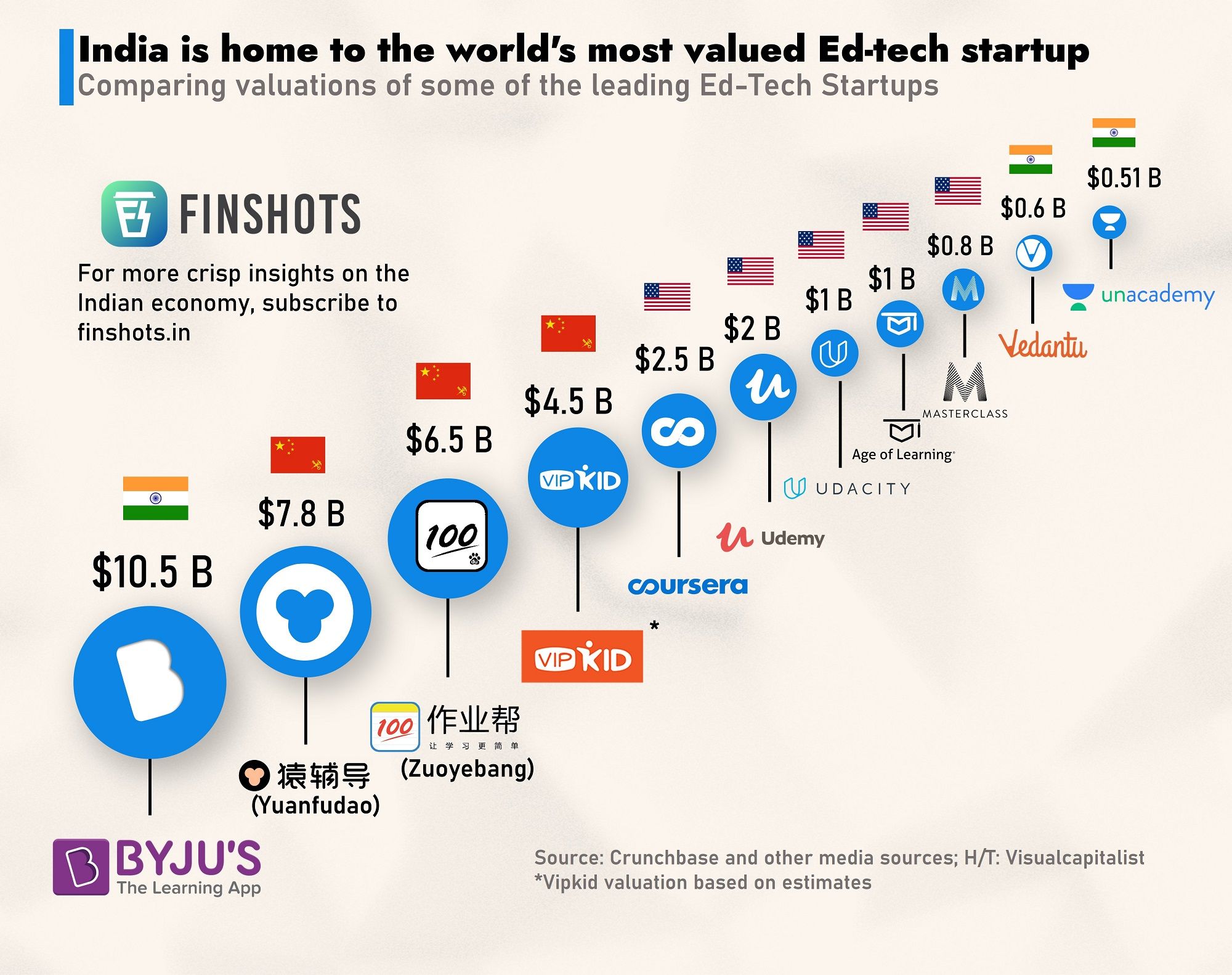
Read more: From Unacademy to Byju’s, the unbelievable rise of Indian EdTech start-ups in less than a decade
- The Indian government needs to start a massive open online course (MOOC) targeted especially towards students residing in villages.
- These courses need to be specially designed keeping in mind the intelligence level of a first-generation school-going student.
- Once an audio-and-video format lecture is made available to these kids, the next step should be to ensure their accessibility.
- Since the majority of the government school kids do not have proper electronic devices, the government needs to provide them with devices to access these videos.
- Besides that, the government will need to launch a training program in which these kids will be provided tutorials to run the tablets. Already enrolled government teachers can be used for this purpose.
Availability of 24*7 courses should not mean that government sheds its responsibility of providing the nutritional requirements for these kids, and special arrangements should be made to continue schemes like mid-day meals.
Government has the resources and experience to run MOOCs
It’s not that the government doesn’t have the experience to run MOOCs. Already IITs and IISC offer online courses through NPTEL. WizIQ is another course offered by IIT Delhi. Indian government itself runs various courses through the SWAYAM portal.
Government should make sure that it does not repeat the mistakes done by the Congress government in launching the Aakash tablets for students. The BHARATNET project is making inroads into the hinterland of India and the government should use its advantage in revolutionizing education in India. It’s the right time for the government to nurture its own Edutech space.



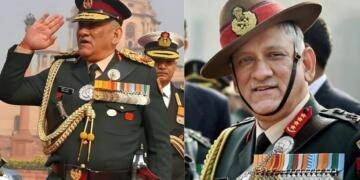
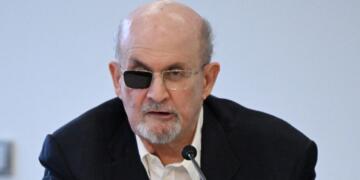
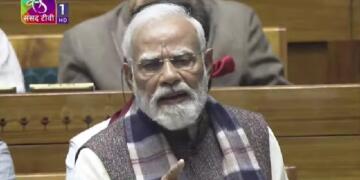

















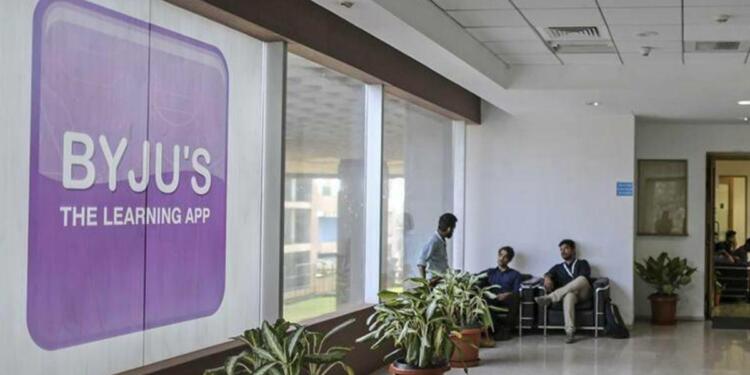
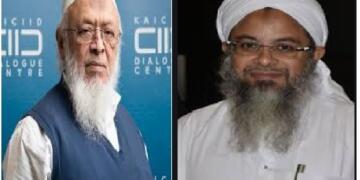
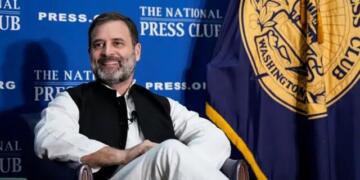





superb thing if it comes to reality. Govt can use
1. kendriya vidyalayas for making 90% content
2. get all help from best govt schools for localised contents and translations
3. use IT help to get graphics absolutely right on level of byjus
4. keep on upgrading year after year
If this is provided free to students and teachers of all schools, lots of burden on education will come down.
This idea then can be extended to JEE and NEET